The portion of the moon that we can see from Earth on any given night is called the moon’s phase. As the moon orbits around the Earth, sunlight is reflected off the moon’s surface and that light reaches us on Earth. The phase of the moon depends on where the moon is in its orbit. It takes about one month for the moon to make a full orbit around the Earth, meaning the phases of the moon repeat about once a month!
To better understand what causes the phases of the moon….
LET’S BREAK IT DOWN!
The moon does not make its own light, it only reflects it.
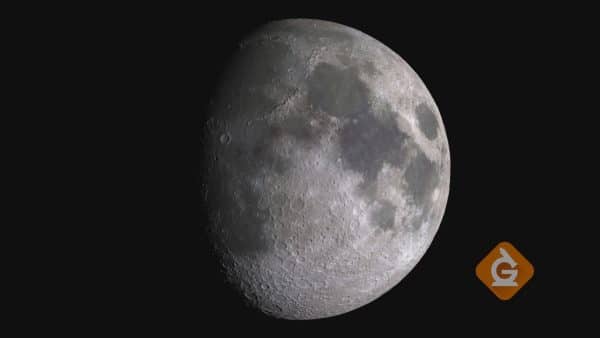
The moon does not produce any light on its own. The light we see coming from the moon is actually light reflected from the sun, kind of like a mirror.
The sun is the strongest source of light in our solar system. Every moon and planet that is visible in our solar system is reflecting light from the sun. The reflected light enters our eyes and that is what allows us to see.
The moon is smaller than the sun but appears the same size because it’s closer.
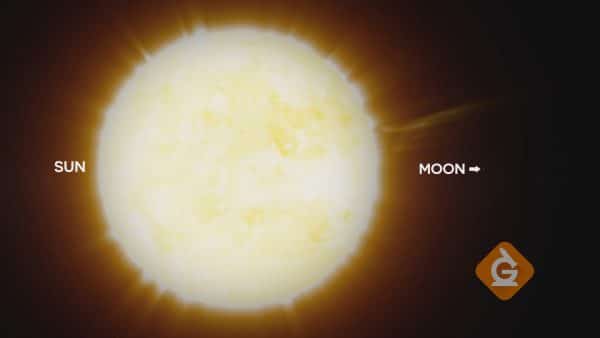
Even though the moon and sun appear to be the same size from Earth, the sun is actually 400 times bigger than the moon. They look the same size due to an optical illusion. Objects that are close to you appear larger.
You can experiment at home to prove that. Hold a quarter in your hand one arm’s length away. Ask a friend to hold a dinner plate on the other side of the room. Have the person move closer or further until the plate is the same size as the quarter.
The phases of the moon are caused by its orbit around the Earth.
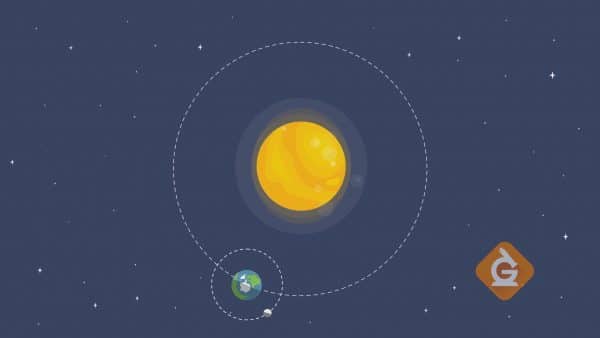
As the moon orbits the Earth, we can see a different amount of the moon is lit by the sun from our perspective on Earth. Sometimes the moon is completely lit, and other times it is completely dark.
The illuminated shape of the moon that is visible from Earth is called a phase. When you cannot see the moon at all, this phase is called a new moon. Several days after a new moon, we see the moon as a thin sliver of light called the crescent moon. As the moon appears larger and larger, it becomes a quarter moon and gibbous moon. A full moon is visible when the whole side of the moon facing Earth is completely illuminated by the sun. On a clear night, a full moon looks very bright.
The moon’s surface has markings we can see from Earth.
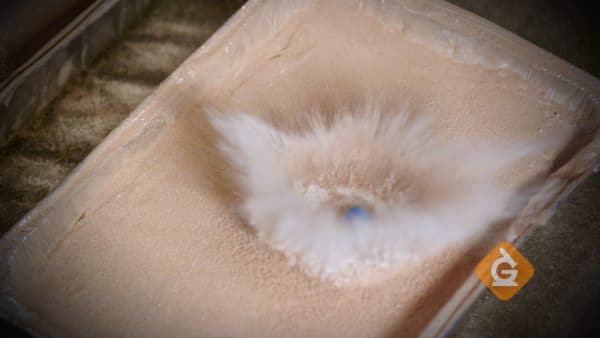
The moon’s surface has markings on in called rays that are visible from Earth. Rays spread out from a crater formed by the impact of an asteroid. When asteroids hit the moon, material from the moon was thrown in different directions, just like when Dr. Jeff used a sling shot to launch a paint ball into the flour and cocoa powder.
Another feature of the moon we can see are "lunar maria." The world maria means “seas” in Latin. Early astronomers thought the big dark spots on the moon were actual seas of water. However, these dark areas on the surface of the moon are not made of water, they are actually caused by ancient volcanic eruptions.
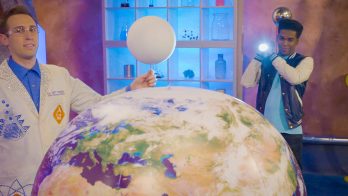
































































































































 Select a Google Form
Select a Google Form












